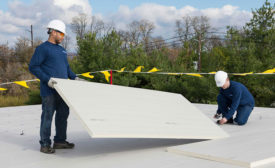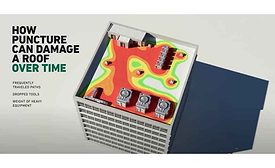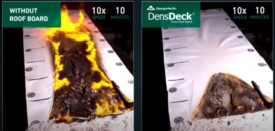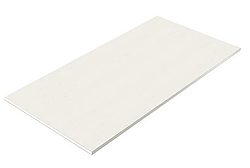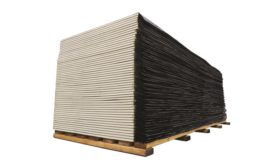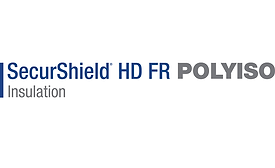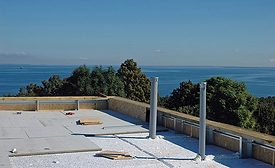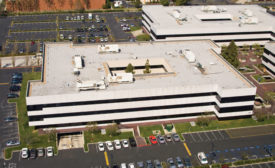Home » Keywords: » Cover Board
Items Tagged with 'Cover Board'
ARTICLES
The Keys to Energy Savings and Decarbonizing the Built Environment
Read More
Sometimes, It's What's Underneath That Matters
The use of cover boards is starting to grow again, and it’s easy to understand why.
Read More
Get our new eMagazine delivered to your inbox every month.
Stay in the know on the latest roofing industry trends.
SUBSCRIBE TODAY!Copyright ©2024. All Rights Reserved BNP Media.
Design, CMS, Hosting & Web Development :: ePublishing
